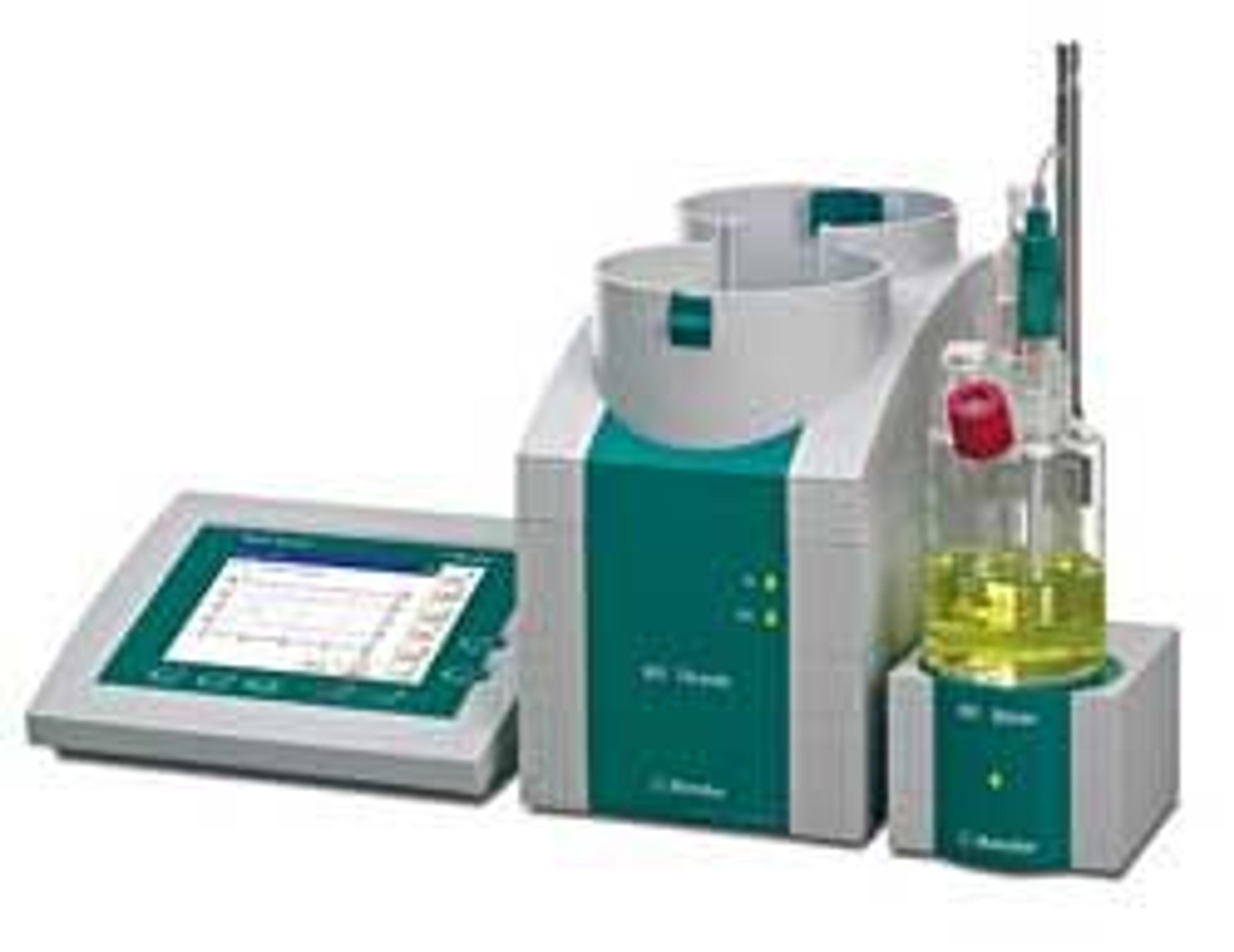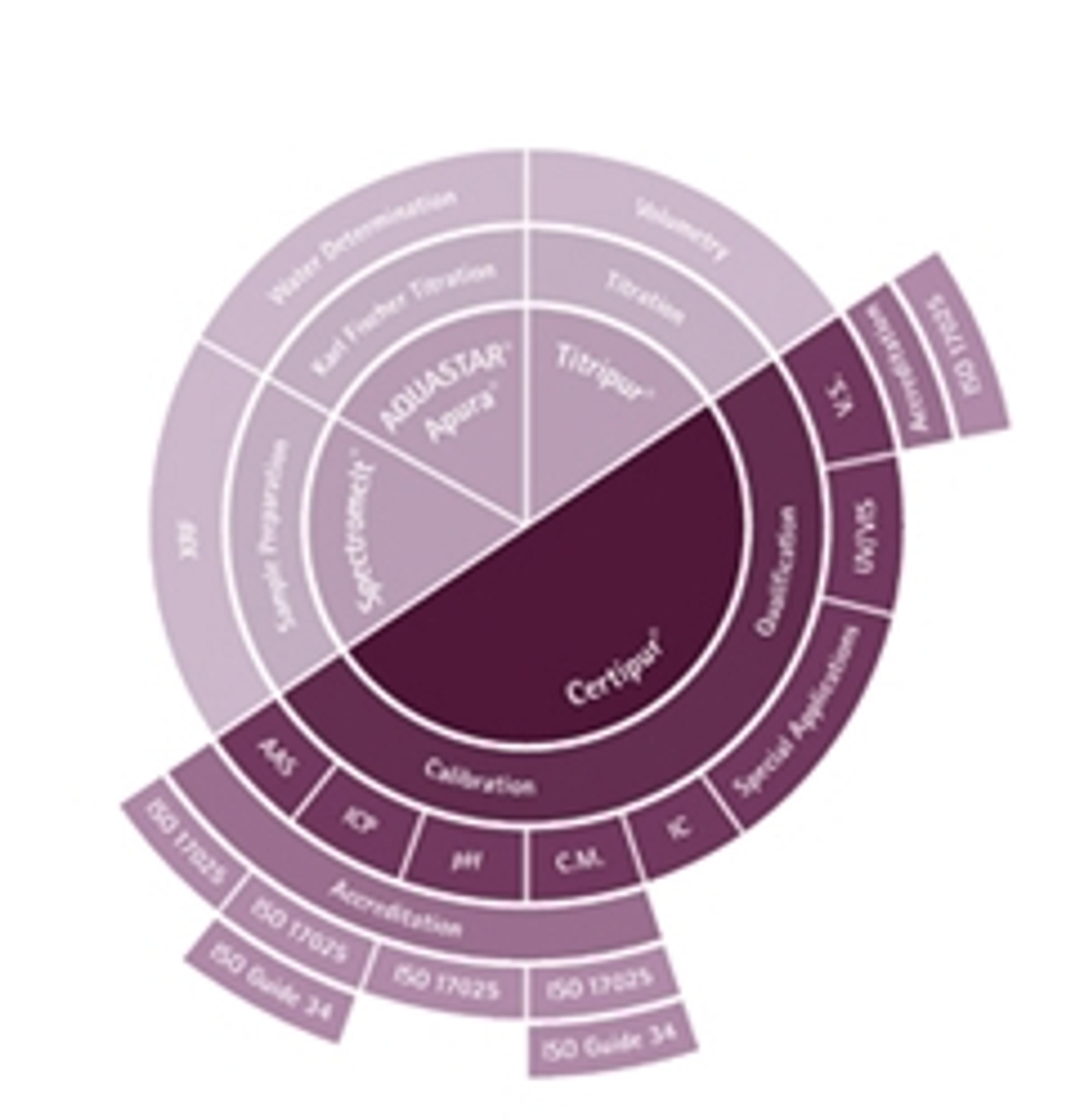Volumetric titration: A step-by-step guide to correct results
Watch this on-demand webinar to uncover top tips to ensure your titration results are always precise and reproducible
19 Nov 2021

Titrations are a common analytical method for chemical analysis, but users sometimes struggle with the quality of the results they produce. When preparing a titration, it is important to consider what the most suitable titration method is for your sample matrix and the implications this has on your hardware and reagent selection.
In this SelectScience webinar, now available on demand, Dr. Christian Haider, Metrohm, and Angela Schwehn, Merck, discuss how to select the proper hardware and right chemistry for your titrations and how to optimize titration performance depending on your application. Haider and Schwehn further explore how to convert from manual to automatic titration procedures and some of the associated benefits of this.
Watch on demandRegister now to watch the webinar at a time that suits you and read on for highlights from the Q&A session.
Do you have any tips for non-aqueous titrations?
CH: For non-aqueous titrations, you need to use an electrode that is electrically shielded. At Metrohm, we have the Solvotrode easyClean, which is used for titrations in solvents. What is also very important is the conditioning and rinsing of the electrode between titrations depending on the solvents that you use. It also might be necessary to rehydrate the glass bulb of the electrode before the next titration to make sure you get an accurate response. You can check your rinsing procedure by applying some titrations of the same sample. If the starting potential of the titration is always the same for each sample, then you can be sure that the rinsing of the electrode is done properly.
What are the recommended electrodes and equipment to analyze edible oils?
CH: Here you must differ the type of titration that you do for the parameters you need to measure. Free fatty acids, vegetable oils, and soap content would be analyzed by a pH titration using a pH electrode. Peroxide value and iodine value would require redox titration, requiring a platinum electrode or a redox electrode.
How often do you need to change the potentiometric sensor?
CH: It is important is to monitor the performance of your sensor and this will indicate when you need to change the sensor. There are various indicators the sensor needs changing; one is the response time. If you observe that the titration is taking longer with the same sample this is an indicator to change the sensor as this could lead to over-titration and incorrect results. If you have an instrument or software that allows a curve overlay and you see the potential jump gets smaller, or if you have the first derivative displayed of the titration curve and the endpoint is getting wider, then this is also an indicator to change the sensor.
What is the best method for avoiding human errors associated with the use of titration methods?
CH: The best way to avoid any human errors is to automate titrations as far as possible. Nowadays, the addition of solvents, auxiliary solutions, or even sample preparation can be fully automated.
What is the limit of drift value in Karl Fischer titration?
CH: The limit of drift required depends on the level of accuracy that you are after. At Metrohm, the standard drift value for Karl Fischer titrations is less than 10 microliters per minute. If you want to be more accurate, then you can choose a lower value, but then the titrations will take much longer. It is important to remember that the drift value for conditioning and for the titration itself should be kept the same.
Is it necessary to dry the Certipure® standard each day before use, or could it be used for a few days?
AS: You can take a portion of the Certipure® standard into a weighing dish out of the original container and dry it in a desiccator or a drying oven. If you dried some of the standard in a drying oven, you would need to cool it down in a desiccator. After the drying, you can then store it in a desiccator and can use it for several days.
To learn more about optimizing your titrations, watch the full webinar here>>
SelectScience runs 10+ webinars a month across various scientific topics, discover more of our upcoming webinars>>


